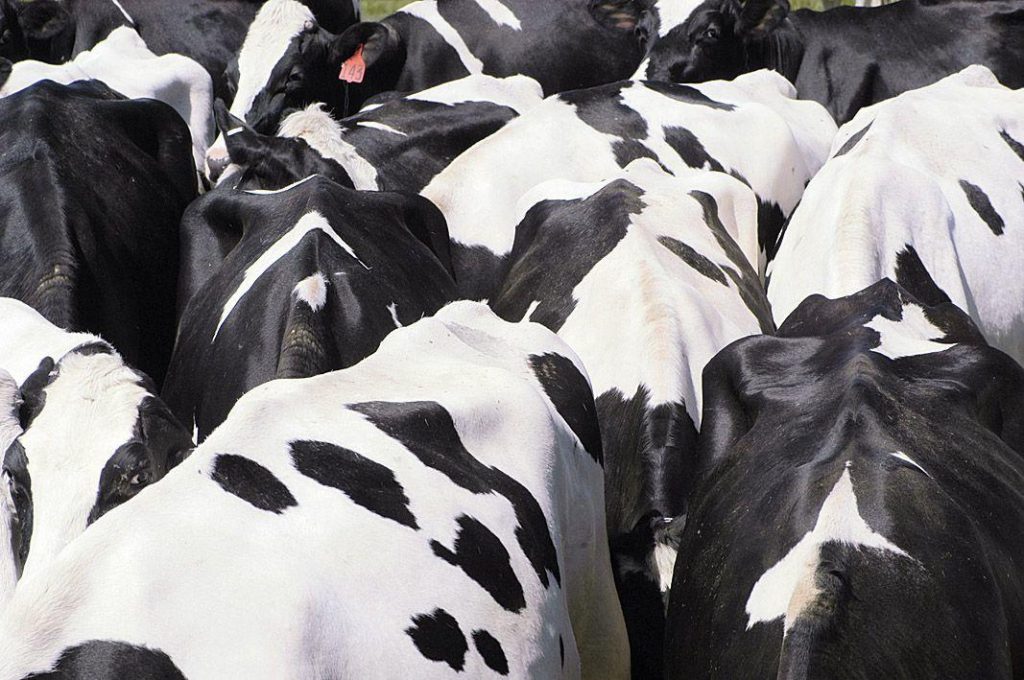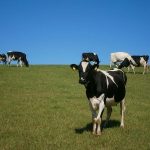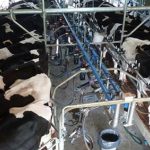
What is a PPD and what is its purpose? This post will examine why PPDs are negative and what it will take to make them positive. Some examples in this post will use data from three of the largest Federal Milk Marketing Orders (FMMOs), California, the Upper Midwest, and the Northeast, to illustrate the pricing impact of the PPD. The factors involved in a negative PPD are complex, and the explanation below is therefore a bit longer than most posts to this blog.
The current payment system for producer milk was implemented in the year 2000. It kept many of the legacy policies from the past. At that time, dairy was all about fluid milk. Today it is primarily about cheese. The payment system implemented in 2000 embraced the philosophy that fluid milk must be paid a premium to make sure it moves from the rural farms to the big cities where there are no cows. Fifty years ago, every major city had a processing plant to pasteurize and bottle milk. Today, that picture has changed. When Walmart built their new processing plant for fluid milk in Fort Wayne, Indiana, it was designed to process milk for 500 Walmart stores in the geographical area of Indiana, Illinois, Michigan, Ohio and Kentucky.
The PPD was designed to level the playing field for all milk producers to see that they were paid uniformly regardless of the end use of the milk. Under the Class and Component system, processors first pay producers for the components in their milk based on Class III formulas for butterfat, milk protein, and other solids. As complete data for the month is available, a weighted average or “Uniform” price of the all four classes is calculated. Because Class I is paid higher, that typically keeps the average or “Uniform” price higher than the payment based on components. The difference between the initial payment and the “Uniform” price is the PPD.
Chart I illustrates the progression of the PPD for the three biggest FMMOs. The three are quite different. California has a lot of low-priced Class IV milk in their mix, the Upper Midwest is all about cheese and Class III, and the Northeast has a fairly even distribution of milk in all Classes.
California has had a negative PPD for 12 of the last 13 months. The Upper Midwest typically has a very small PPD as most all their milk is Class III milk for cheese so the average or “Uniform” price is very close to the Class III price. The Northeast has provided producers with a positive PPD most of the time until the impact of COVID-19.
 |
| Chart I – PPDs for California, Upper Midwest and the Northeast FMMOs |
There are five situations than can make a PPD negative:
- An escalating cheese price which has been the major cause of negative PPDs in the past.
- A mix of milk Classes with a lot of the lowest paid milk, Class IV milk, can lower the “Uniform” price. (See Table I in the prior post for data illustrating this.)
- The new formula for Class I milk implemented in May 2019 has changed the dynamics of Class I pricing. Under the current circumstances of a high Class III price and a low Class IV price, based on the new formula, a negative PPD is likely. This did not happen with the old Class I formula
- A significant amount of Class III is being de-pooled. That increases the amount of a negative PPD.
- As less fluid milk is consumed, there is a smaller percentage of Class I milk. Because Class I pricing is formulated to be the highest paid milk, when there is a smaller percentage, the “Uniform” or average price will be lower.
 |
| Graphic I – Timing of Advanced vs. Class and Component Pricing |
 |
| Chart III – Cheese Prices for the Advanced and Class and Component pricing. |
The impact of an escalating cheese price became a smaller factor in PPDs after the change in the formula for Class III pricing. More on that later in this post.
 |
| Chart IV – NDM Prices |
The futures prices for NDM are expected to increase to around $1.10 in 2021. At $1.10 per pound for NDM, Class IV skim would be worth $8.30 per cwt. By comparison, Class III skim is currently running around $16.00 per cwt. A lot of the higher priced Class III milk in California and other FMMOs is being de-pooled, and therefore are not included in the “Uniform” price. Because the Class IV skim price is based strictly on the price of NDM, and influences the Class I price which is half based on the price of NDM, there is little hope for a positive PPD in the coming year in California.
The Formula change for Class I did make a difference. See the October 11, 2020 post to this blog for details on the formula change. Two charts have been updated from that post and are shown below as Charts V and VI.
The change in formula was implemented in May, 2019. Chart V shows the difference between the two formulas going back in history to the beginning of 2012. Until late in 2019, the change seemed to have a minimal impact on the Class I price. However, when the COVID-19 hit, things went astray. The impact of a high cheese price and therefore a high skim Class III price vs. a steady price for NDM and the skim Class IV price caused a major drop in the Class I price.
 |
| Chart V – Impact of Formula Change for Class I |
The “normal” spread between the Class III and Class IV price is the basis for having a $.74 adjustment in the new Class I formula. Chart VI shows what happened to the spread between the Class III and the Class IV prices in 2020. The spread went as high as $10.96 per cwt. in August 2020. It remains high.
























